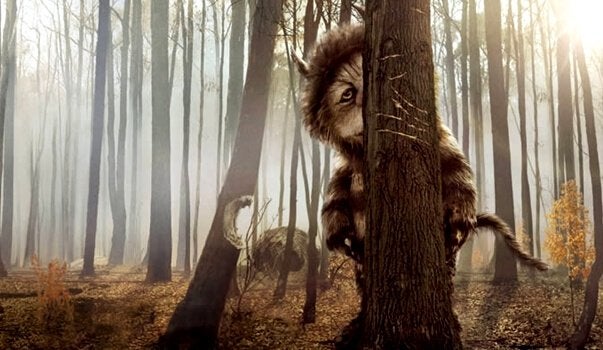Since childhood we were convinced that monsters only existed in stories, no one has told us that sometimes real-life monsters carry people’s skin and walk in broad daylight, like the couple who fall in love and then mistreat and destroy self-esteem. , such as parents who deny love to their children, such as the terrorist who snatks innocent lives or the politician capable of starting a meaningless war.
We all know that words are important, that they create labels and duties that are not always entirely true. The term “monster”, for example, has at its origin a fictional and literary connotation that does not prevent us from using it in our day-to-day life. lives to describe all the acts that, before our eyes, escape logic and represent evil.
“Anyone who fights monsters should be careful not to become a monster too” Nietzsche?
However, we can say that there is no scientific basis for this concept, there are no legal manuals with a chapter on “How to interview a pervert or a monster”, even diagnostic manuals do not offer us a protocol to identify them. ? Let’s face it, it’s almost impossible to stop using this word to describe the full range of behaviors that directly attack our original concept of ‘humanity’.
Experts in criminal psychology say that for the first time the term ‘monster’ was used in the police area to describe a person who was in 1790 in London. The authorities were looking for an extraordinary killer, someone perverted and inconceivable who had been causing panic in parts. London for almost two years: Jack the Ripper.
The word? Monster? It still retains its original implications, those in which the supernatural combines with evil to hurt us, to bring us doom, so every time we refer to someone with this term what we really do is strip them of all human attributes, of any “natural” essence.
If it was initially said that this word is nothing more than a simple label without any scientific substrate behind it, it can be said that experts in defining criminal profiling fell into this error at one point in history. happened in the 1970s in the United States with Ted Bundy.
In the criminal universe, Ted is the most ruthless serial killer in history, during interrogations he suggested killing 100 women, an amount the authorities acknowledged, for his cruelty, although they found only the bodies of 36 of his victims.
Bundy seemed to be a brilliant and admirable man. He was a graduate in law and psychology, an aspiring politician and a constant collaborator in community activities; was a reflection of a winner, someone who would have a prosperous future.
However, after the disappearance of dozens of students, it was discovered that Ted Bundy’s name was behind these facts and many others hard to imagine: brutal killings that left the authorities themselves stunned. The authorities called him one? Monster? Not only because of the atrocities committed, but because of the complexity of the results of the various psychological tests given to it.
They concluded that Bundy was not a psychopath, a drug addict or an alcoholic, who had no brain damage or psychiatric illness. Ted Bundy just liked to do evil.
We know that in our world, in our closest reality, real life monsters hide in the crowd, in the noise of the masses of a known or unknown city, on any street, however, monsters capable of harming us cannot they only inhabit our environment; in fact, they occupy a large space in our own mind.
Sometimes fear, emotions and thoughts can control us to the point of locking ourselves in a very dark place where we feel lost, suffocated and imprisoned by our own demons, some writers have managed to perfectly represent this journey where a person encounters his own monsters to find and appropriate them, to return to the free surface of these currents.
Dante did it with Virgil in the “Divine Comedy”, Lewis Carroll with Alice and Maurice Sendak with Max in “Where the Monsters Live”. This last book is a small delight for children’s literature. His story invites us to think many times regardless of our age, our previous experiences. We can all, at some point in life, fall victim to these inner claws, where our own monsters take us to a strange place.
“When Max put on his wolf costume, he felt an irresistible urge to make a joke, and then his mother called him, “Monster!?And Max replied, “Yo MANGEERAI?!??” Where do the monsters live, Maurice Sendak?
This small work allows us to embark on a journey in the hands of a child, this adventure reminds us that sometimes we have to visit this wild and imaginary kingdom where our strangest and most surreal creatures live, far from anchoring themselves in them, must be. Avoided. Yes, but not without first expressing our crying, playing without rules, getting angry, laughing, crying?
We will leave our footprints in the land of monsters and our rusty crowns to rise again, to feel free to have overcome darkness, purified and, above all, satisfied to return more strongly to our true life. Why yes, because the monsters they’ve told us since childhood.
However, we know that we cannot always control the true monsters that camouflage our daily lives, so we must be aware so that we can, above all, frighten those who occasionally appear in our minds.

